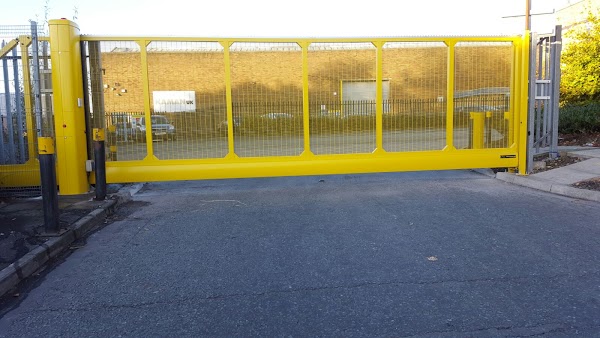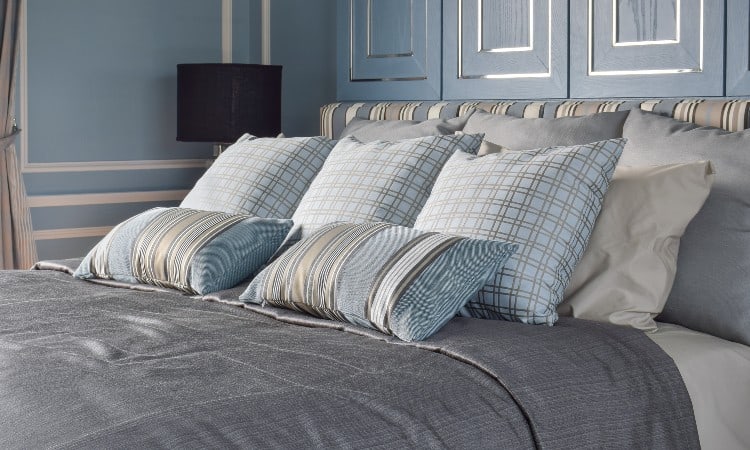The bathroom mirror is more than a simple functional item. It’s an essential design element that can transform your space, making it brighter, more spacious, and aligned with your personal style. Whether you’re refreshing a small guest bathroom or revamping your master bath, selecting the right mirror is key to creating a balanced and functional design. With so many styles, sizes, and features available, the process can be overwhelming—but it doesn’t have to be.
From determining the size and shape to choosing between framed and frameless designs, the perfect mirror is one that suits both your aesthetic and practical needs. Let’s dive deeper into how to make the best choice for your bathroom.
1. Consider the Size of the Bathroom Mirror
Choosing the right size for your bathroom mirror is crucial. The mirror’s proportions should complement the vanity and the overall layout of the space. A mirror that’s too large can overwhelm the room, while one that’s too small may look awkward and fail to serve its purpose.
Matching Mirror Size to Vanity Width
The width of the mirror should generally align with the vanity for a cohesive and balanced look. Ideally, the mirror should be about 2-4 inches narrower than the vanity to leave some wall space on either side. For single-sink vanities, a mirror that is 24 to 36 inches wide is typically appropriate. For double vanities, you have two main options: one large mirror that spans both sinks or two smaller mirrors placed above each sink. The choice depends on your design preferences and the look you’re aiming to achieve.
Height and Ceiling Considerations
The height of the mirror is just as important as its width. Positioning is key—your mirror should be tall enough to provide clear visibility for all users without crowding the wall. Ideally, the mirror’s top should sit a few inches below any ceiling-mounted lighting fixtures or crown molding, while the bottom should leave room above the sink or faucet. If your bathroom has tall ceilings, opting for a vertically larger mirror can fill the extra space and create a more balanced appearance.
In smaller bathrooms, maximizing vertical height can make the space feel larger and airier. Long, rectangular mirrors or those with an arched top are excellent for creating this illusion.
2. Decide on a Shape That Matches Your Bathroom’s Aesthetic
The shape of your mirror can dramatically influence the style and mood of your bathroom. It’s not just about aesthetics—choosing the right shape can also impact how spacious or cohesive the room feels.
Traditional Shapes: Rectangular and Oval
Rectangular mirrors are a timeless option, perfect for nearly any bathroom style. They offer clean lines and work especially well in modern and traditional spaces. Pairing a rectangular mirror with a double vanity creates symmetry, while using it with a single vanity adds a streamlined look.
Oval mirrors, by contrast, bring a softer, more elegant vibe. These shapes work wonderfully in bathrooms with vintage or classic themes, offering a touch of sophistication without overwhelming the design. Oval mirrors are also a great choice for smaller bathrooms since their rounded edges help soften the space visually.
Unique Shapes for a Contemporary Look
For those looking to make a bold statement, consider round, hexagonal, or asymmetrical mirrors. Round mirrors are particularly popular in contemporary bathrooms, adding a modern, minimalist touch. Hexagonal mirrors or those with irregular edges offer an artistic flair that works well in eclectic or boho-inspired designs. These unconventional shapes often become focal points, giving the bathroom a unique character.
If you choose a unique shape, make sure it complements other design elements, such as the vanity or tile patterns, to avoid clashing styles.
3. Choose the Right Frame or Frameless Design
The choice between a framed or frameless mirror significantly impacts the overall look of your bathroom. Each option has its own set of advantages and is suited to specific design aesthetics.
Framed Mirrors for Style
Framed mirrors allow you to add an extra layer of texture or color to your bathroom. Wooden frames bring warmth and a natural feel, making them a great choice for rustic, farmhouse, or earthy bathrooms. Metallic frames, on the other hand, add a touch of luxury. Gold or brass frames pair well with vintage or modern designs, while black metal frames give an industrial or minimalist edge.
Frames can also provide opportunities to match other decor elements, such as towel racks or light fixtures, tying the entire space together.
Frameless Mirrors for Minimalism
Frameless mirrors are sleek and simple, making them ideal for modern or contemporary bathrooms. Without a frame, these mirrors blend seamlessly into the design, creating a minimalist and uncluttered look. They’re particularly effective in smaller bathrooms, as they reflect more light and don’t add visual weight to the space.
For a more polished appearance, beveled edges on frameless mirrors can add subtle elegance without compromising the clean aesthetic.
4. Think About Lighting and Placement
Lighting and mirror placement go hand in hand. The right combination ensures that your bathroom is both functional and visually appealing.
Backlit Mirrors for Added Functionality
Backlit mirrors are a modern trend that combines practicality with style. These mirrors have built-in LED lighting that surrounds the edges, providing even, shadow-free illumination. This feature is particularly useful for tasks like applying makeup, shaving, or skincare routines.
Backlit mirrors also create a soft glow that enhances the ambiance of the bathroom, especially in low-light settings. Plus, they’re energy-efficient and available in a range of sizes and shapes to suit various design preferences.
Wall-Mounted Lights and Mirrors
If you prefer traditional lighting, consider wall-mounted sconces or overhead lights. When placing lights around your mirror, aim for even distribution to reduce shadows on your face. Side-mounted sconces at eye level are an excellent choice for achieving flattering and functional lighting.
5. Consider Special Features and Technology
Bathroom mirrors are no longer just reflective surfaces—they’ve evolved into multifunctional tools with built-in tech and features.
Magnifying Mirrors for Precision
Adding a magnifying mirror is a practical choice, especially for grooming or skincare routines. These mirrors often come with adjustable arms, allowing you to pull them closer or swivel them as needed. They can be wall-mounted or incorporated into a larger mirror design.
Smart Mirrors with Built-In Tech
For tech enthusiasts, smart mirrors offer cutting-edge features like Bluetooth speakers, touch controls, defogging capabilities, and even integrated LED displays. Some models provide weather updates, news, or connectivity with smart home systems. While they come at a higher cost, these mirrors are a luxurious addition that elevates the bathroom experience.
6. Match the Mirror Style to Your Bathroom Décor
The mirror you choose should complement the overall aesthetic of your bathroom. This ensures a cohesive look that ties all the elements together.
Modern Bathrooms
Sleek, frameless mirrors or those with thin, metallic frames are perfect for modern bathrooms. Minimalist designs with geometric shapes enhance the clean and contemporary vibe.
Traditional Bathrooms
For traditional bathrooms, opt for mirrors with ornate frames or vintage finishes. Wooden frames with carvings or gilded details enhance the classic look, while oval or rectangular shapes maintain a timeless appeal.
Eclectic or Artistic Bathrooms
In eclectic or boho bathrooms, mirrors are an opportunity to showcase personality. Consider colorful frames, intricate patterns, or unconventional shapes that add a creative flair to the space.
7. Account for Budget and Quality
Balancing Affordability and Longevity
Mirrors are available in a wide range of price points, from affordable options at big-box stores to custom, high-end designs. When setting your budget, prioritize quality materials, especially in humid environments. Look for moisture-resistant backing and durable mounting systems to ensure your mirror lasts for years.
DIY vs. Professional Installation
While many bathroom mirrors are easy to install, larger or heavier models may require professional assistance. Custom or wall-to-wall mirrors often involve specialized mounting, so factor installation costs into your budget.
Conclusion
A bathroom mirror is more than just a functional piece—it’s a key design element that enhances the beauty and practicality of your space. By considering factors like size, shape, frame, lighting, and features, you can choose a mirror that perfectly complements your bathroom’s style and meets your everyday needs.
Whether you opt for a sleek, frameless design, a bold statement piece, or a tech-savvy smart mirror, your choice will reflect your personal taste and the overall vibe of your home. Take your time, explore your options, and invest in a mirror that truly shines in your space.





